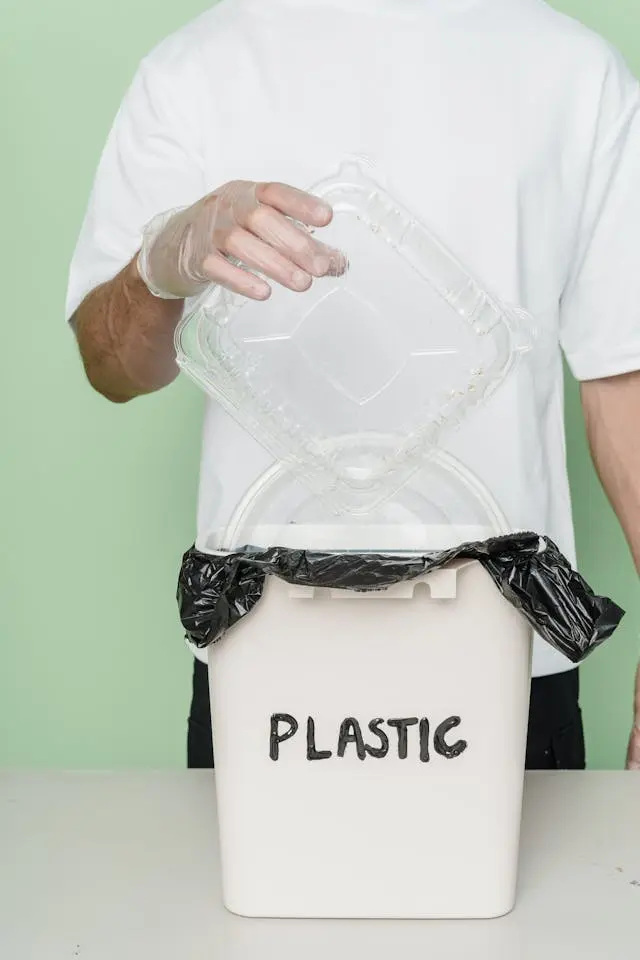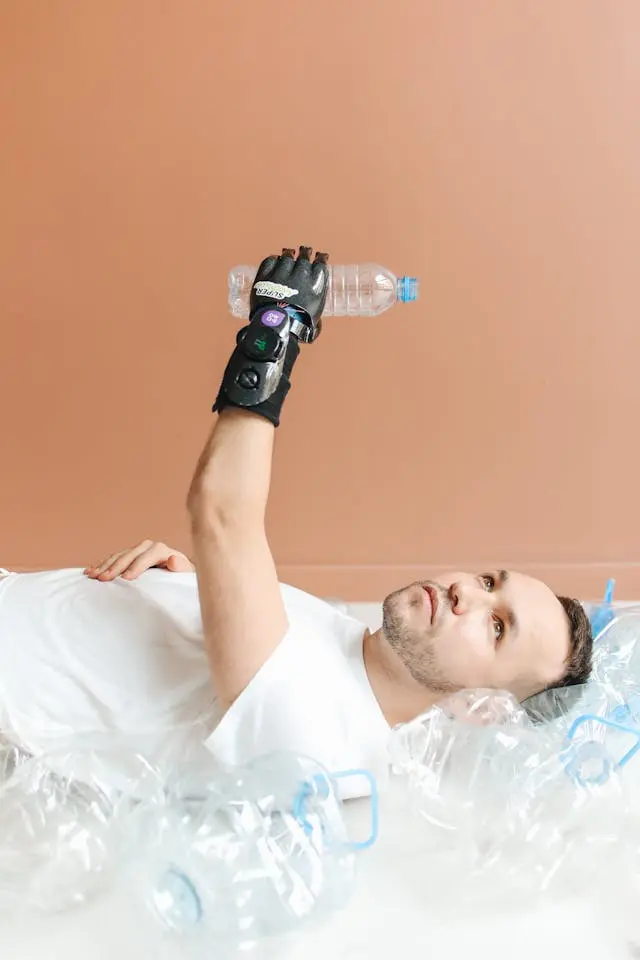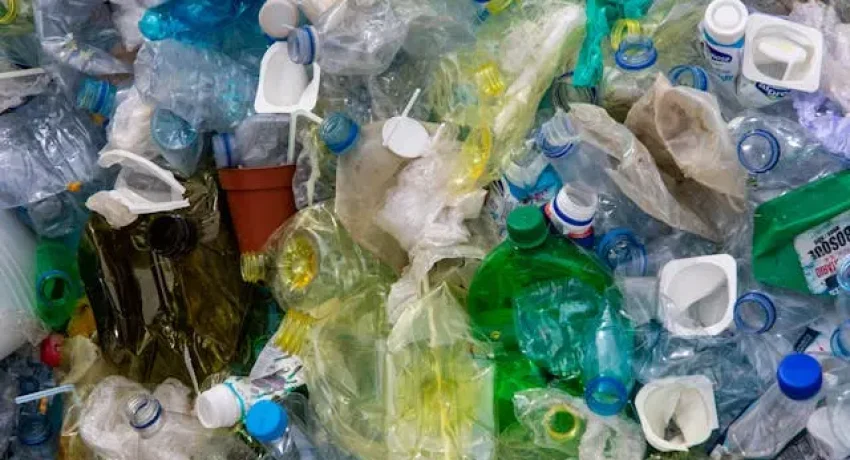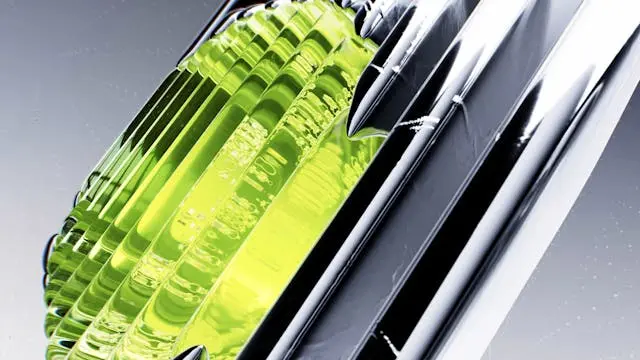CHEMICAL COMPOUND IN PLASTICS AND RUBBER
CIRCULAR ECONOMY: THE CHEMICAL COMPOUND IN PLASTICS AND RUBBER INDUSTRY’S FOCUS ON SUSTAINABILITY IN 2025
In 2025, the focus on sustainability in the plastics and rubber industries is increasingly aligned with the principles of the circular economy. This involves designing products with the intention to reuse, recycle, and reduce waste, aiming for a closed-loop system where materials are continuously repurposed. Key innovations include the development of recyclable polymers, biodegradable plastics, and advanced recycling technologies, such as chemical recycling, which can break down plastic waste into its chemical components for reuse. Companies are prioritizing eco-friendly chemical compounds in their manufacturing processes to reduce environmental impact while ensuring performance standards.
The drive towards sustainability is also reflected in a shift to renewable resources and reducing reliance on fossil fuels in production. Regulatory pressures and consumer demand for greener products are pushing manufacturers to adopt circular economy principles more quickly. In the rubber industry, there is growing emphasis on using sustainable materials like bio-based rubbers and promoting recycling initiatives. By 2025, companies are expected to enhance their sustainability goals by improving waste management systems, adopting life-cycle assessments, and investing in green chemistry practices to minimize the ecological footprint of plastic and rubber products.
The concept of a circular economy is becoming increasingly important as industries and governments seek innovative solutions to address environmental challenges. By 2025, the plastics and rubber industry is expected to make significant strides in adopting circular economy principles, with an emphasis on sustainability, waste reduction, and resource optimization. The plastics and rubber industries, which are traditionally associated with high levels of waste and environmental pollution, are now undergoing transformation to reduce their environmental impact. A transition from the traditional linear economy model of “take, make, dispose” to a circular model—where products and materials are reused, repaired, and recycled—is necessary for both industries to become more sustainable and circular.
This shift toward circularity involves the redesign of products, the use of sustainable materials, the development of efficient recycling systems, and the promotion of waste reduction. By 2025, the plastics and rubber sectors will not only aim to meet sustainability targets but also implement circular economy practices to lower environmental footprints, increase resource efficiency, and generate value from what was previously considered waste.
In this article, we will examine the current state of the plastics and rubber industries, their role in the global circular economy, the challenges they face, and the innovative solutions they are developing to promote a circular economy by 2025. Additionally, we will explore the role of businesses, governments, and consumers in achieving these goals and the impact of circular practices on the environment, the economy, and society at large.
CHEMICAL COMPOUND IN PLASTICS AND RUBBER

Understanding the Circular Economy in the Context of Plastics and Rubber
At its core, the circular economy is a system that prioritizes the sustainable use of resources. It seeks to minimize waste, maximize the reuse and recycling of materials, and extend the lifecycle of products. In a circular economy, products are designed to be more durable, repairable, and recyclable, and materials are kept in use for as long as possible. This model contrasts sharply with the traditional linear economy, which is based on a “take, make, dispose” approach, often resulting in waste and pollution.
The plastics and rubber industries, which are integral parts of the global economy, have historically contributed to significant waste and pollution. Plastic waste, in particular, has become one of the most pressing environmental issues in recent decades. According to reports, around 8 million tons of plastic waste end up in the ocean every year, causing harm to marine life and ecosystems. Similarly, the rubber industry—particularly in the automotive sector—produces large amounts of waste through the production of tires and other rubber-based products.
The adoption of circular economy principles within these industries is essential to mitigate their environmental impact. This involves adopting sustainable manufacturing practices, designing products for longevity and recyclability, reducing material waste, and advancing recycling technologies. By shifting to a circular model, the plastics and rubber industries can contribute to achieving global sustainability goals while creating new business opportunities.
The Plastics Industry and the Circular Economy
The plastics industry is one of the largest contributors to global plastic waste. Plastics are used in a wide variety of products, including packaging, automotive parts, consumer goods, and medical devices. However, plastic products are often used only once and then discarded, leading to significant waste accumulation. The global plastic crisis has prompted industries, governments, and consumers to focus on reducing plastic waste and developing circular economy solutions.
Redesigning Plastic Products
One of the key elements of the circular economy for the plastics industry is redesigning products to be more durable, reusable, and recyclable. By 2025, many companies in the plastics sector will increasingly focus on designing products that are easy to recycle, use fewer resources, and generate less waste. The principle of “design for disassembly” will be critical, as products will be designed in such a way that their materials can be efficiently recovered and reused.
For example, companies are shifting towards using recyclable or biodegradable plastic materials that can be more easily processed in recycling facilities. The use of mono-material packaging (as opposed to multi-material packaging) is becoming more common, as it is easier to recycle and reduces contamination in recycling streams. Additionally, sustainable alternatives such as bioplastics, which are made from renewable resources, are being explored as a solution to reduce dependence on petroleum-based plastics.
Increasing Plastic Recycling
Recycling is one of the most important aspects of the circular economy for the plastics industry. A significant challenge facing the sector is improving recycling rates and ensuring that plastic waste is properly collected, processed, and reused. By 2025, advancements in plastic recycling technologies will enable higher recycling rates and the ability to recycle a wider range of plastic types.
Chemical recycling, a relatively new technology, is one such innovation that will play a critical role in achieving a circular plastics economy. Unlike mechanical recycling, which involves physically breaking down plastic materials into smaller components, chemical recycling involves breaking down plastics into their chemical components, which can then be used to create new plastic products. This method has the potential to handle mixed plastic waste and recycle materials that are not typically recyclable through conventional methods.
Additionally, the development of advanced sorting and cleaning technologies will make it easier to separate different types of plastics from waste streams, ensuring that recyclable plastics are not contaminated by other materials. By improving the efficiency of recycling processes, the plastics industry can increase the amount of material that is reused, reducing the need for new plastic production and minimizing waste.
Extended Producer Responsibility (EPR)
Extended producer responsibility (EPR) is a key strategy being adopted by governments and businesses to promote circular economy practices in the plastics industry. Under an EPR scheme, manufacturers are responsible for the entire lifecycle of their products, including their end-of-life management. This encourages companies to design products that are easier to recycle and reduces the burden of waste management on governments and consumers.
In the coming years, we can expect a growing number of countries and regions to implement mandatory EPR schemes for plastic packaging and other plastic products. The implementation of EPR will encourage companies to take greater responsibility for the environmental impact of their products and foster innovation in packaging design and recycling technologies.
The Rubber Industry’s Role in the Circular Economy
The rubber industry, particularly in the automotive sector, is another key player in the transition to a circular economy. Rubber products, especially tires, are commonly used in a wide range of industries, from transportation to construction, and often have a long lifespan. However, the disposal of used tires has become a major environmental concern, with millions of tires being discarded each year, either ending up in landfills or incinerated.
Tire Recycling and Repurposing
Recycling and repurposing used tires is one of the most important aspects of the rubber industry’s circular economy efforts. By 2025, the tire recycling industry is expected to see significant growth, driven by both technological advancements and regulatory pressures. Tires are complex products made from a mix of rubber, steel, and other materials, making them challenging to recycle. However, new methods, such as pyrolysis, are emerging that allow tires to be converted into valuable materials, including fuel, steel, and carbon black.
The repurposing of rubber waste into new products is also gaining traction. For example, shredded tires are often used in the production of rubberized asphalt for roads, playground surfaces, and sports tracks. This not only reduces the environmental impact of tire disposal but also creates a sustainable use for rubber waste.
Moreover, the tire industry is exploring the use of renewable materials, such as bio-based rubber and recycled rubber, in the production of new tires. By increasing the amount of recycled material in new tire production, the rubber industry can reduce its reliance on virgin rubber and minimize the environmental impact of tire manufacturing.
Sustainable Rubber Sourcing
Sustainable sourcing is another important aspect of the rubber industry’s transition to a circular economy. Natural rubber, which is primarily sourced from rubber trees, is an essential material for many rubber products. However, unsustainable farming practices and deforestation have led to concerns about the environmental impact of rubber production. To address these issues, the rubber industry is focusing on more sustainable sourcing practices, such as promoting the use of certified sustainable rubber and supporting reforestation efforts.
The adoption of circular economy principles in the rubber industry also involves reducing material waste during the production process, increasing the recyclability of rubber products, and finding innovative ways to repurpose rubber waste. By 2025, it is likely that the rubber industry will continue to develop new techniques to make rubber production and disposal more sustainable, contributing to the overall shift toward circularity.
Challenges and Barriers to Circular Economy Adoption
While the plastics and rubber industries are making progress toward adopting circular economy practices, there are several challenges that must be addressed to accelerate the transition.
1. Technological Limitations
One of the key barriers to achieving a circular economy in the plastics and rubber industries is the technological limitations in recycling and reusing materials. Many types of plastic and rubber are difficult or costly to recycle, and existing recycling infrastructure is often inadequate. Advancements in recycling technologies, such as chemical recycling for plastics and pyrolysis for tires, are essential to overcome these challenges.
2. Lack of Consumer Participation
The success of the circular economy depends not only on businesses and governments but also on consumers. Recycling rates are often low because consumers may not be aware of how to properly sort and dispose of their waste. Public awareness campaigns and incentives for consumers to participate in recycling programs will be critical to increasing recycling rates and reducing waste.
3. Regulatory and Policy Hurdles
Governments play a crucial role in promoting the circular economy through regulations, incentives, and policies. However, the lack of uniform regulations and standards across different countries can create barriers to the widespread adoption of circular practices. The implementation of extended producer responsibility (EPR) and other regulatory frameworks will be key to driving change in both industries.
Conclusion: The Path Forward for Plastics and Rubber in 2025
By 2025, the plastics and rubber industries will play a pivotal role in driving the global transition to a circular economy. Through innovations in product design, recycling technologies, sustainable sourcing, and waste reduction, these industries have the potential to significantly reduce their environmental impact while creating new business opportunities. However, achieving a circular economy will require collaboration among businesses, governments, and consumers. By addressing the challenges of technological limitations, regulatory barriers, and consumer engagement, the plastics and rubber industries can pave the way for a more sustainable future, benefiting both the environment and society as a whole.

zuni
comments
Comments
related posts

Glow Naturally: Urban Hydration Skin Wellness

AFFORDABLE BEACH TOWNS IN MISSISSIPPI: PASCAGOULA SHINES BRIGHT

Best Budget Travel Destination Europe 2025 Revealed

CDC Vaccine Advisory Panel 2025: RFK Jr.’s Bold Dismissal Sparks Debate

Meta Faces Pressure to Combat Investment Scams on Facebook




